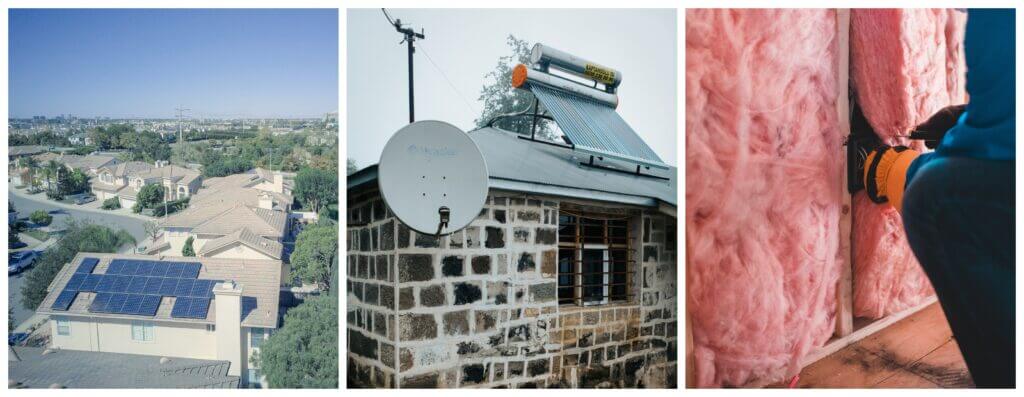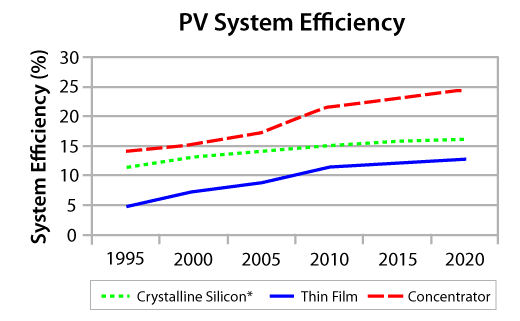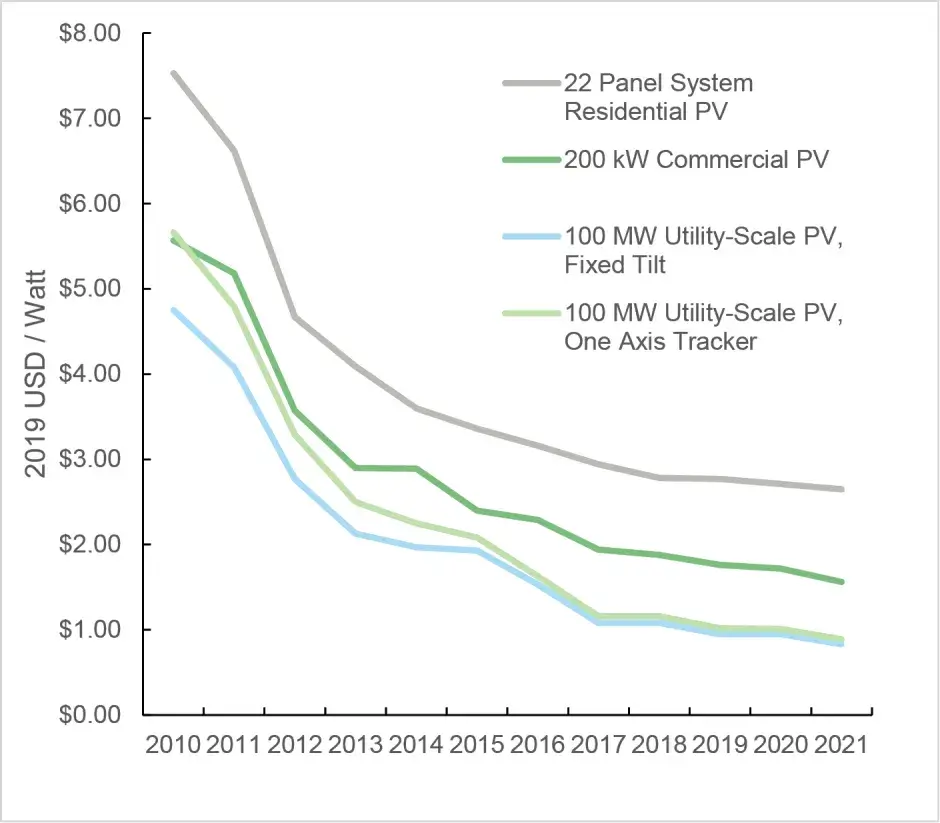
Introduction
In the last few decades, the solar industry has been thriving. The prices of photovoltaic panels and solar thermal panels have decreased exponentially in the last few years, while at the same time their efficiency is growing.


This is because a lot of research and development has gone into making these products more accessible and affordable to the masses. Simple old fashion home thermal insulation still ranks high with its rate of investment return and energy savings.
What are the Benefits and Disadvantages of photovoltaics?
Photovoltaics is a technology that converts sunlight into electricity with an efficiency of 15%-20%. It is a renewable energy source and does not produce any harmful emissions. Photovoltaics are beneficial for the environment, as they do not produce any greenhouse gas emissions or other pollutants.
The disadvantages of photovoltaic systems include the initial cost, the limited lifetime of photovoltaic panels, the risk of fire if they are not installed and maintained properly, and the question of recyclability when solar panels get disposed of.
-Photovoltaics’ efficiency drops with high temperatures.
Solar Thermal Panels
Solar heating systems are a great, low-cost alternative to traditional heating systems. They’re easy to maintain and safe, and also highly efficient, converting up to 90% sun’s radiated energy into heat.
The process of generating solar thermal energy is not complicated. The panels are installed on the roof of a building and then they heat water that is pumped through the system in order to provide hot water and heat for the building.
Solar heating systems can be used in homes, schools, hospitals, and other buildings that need a constant supply of hot water or heat. Solar thermal panels can be used as a passive form of heating in colder climates, they are more efficient at heating water than photovoltaic panels.
-Solar thermal panels’ efficiency drops with low temperatures, but they are a very cheap and rather small investment compared to photovoltaics and home insulation. You could probably make good enough solar heater following DIY tutorials as well.
Home Thermal Insulation
Home insulation is a one-time investment that will provide benefits for years to come. It is a low-cost investment that can be paid back with small interest on the loan. The installation is simple and safe, the technology is pretty simple, and if you wish you could probably do it by yourself. No electricity, no special equipment included, which means easier to maintain.
If you live in an area with harsh temperatures in winter and/or summer they will come up as pretty useful. The period for investment to return is also not too long, very similar with other two, around 7 years.
Conclusion
To summarize, while the initial installation costs for solar panels may be higher than those for home insulation, solar panels are likely to be more cost-effective in the long run. However, if you are unable to pay for the installation of solar panels, home insulation is still a cost-effective alternative to consider. And if the insulation comes up as too much money solar thermal cells are an option to go.
The thing is all three work great together, you can use solar thermal cells for heating water, thermal insulation for reducing bills for heating and cooling, and photovoltaics for producing energy for other home appliances. So if you have enough budget you should get all three.
If you don’t spend much on heating and cooling, choose photovoltaics.
Solar heating cells are cheap, and you can even make a DIY version of it by yourself.

